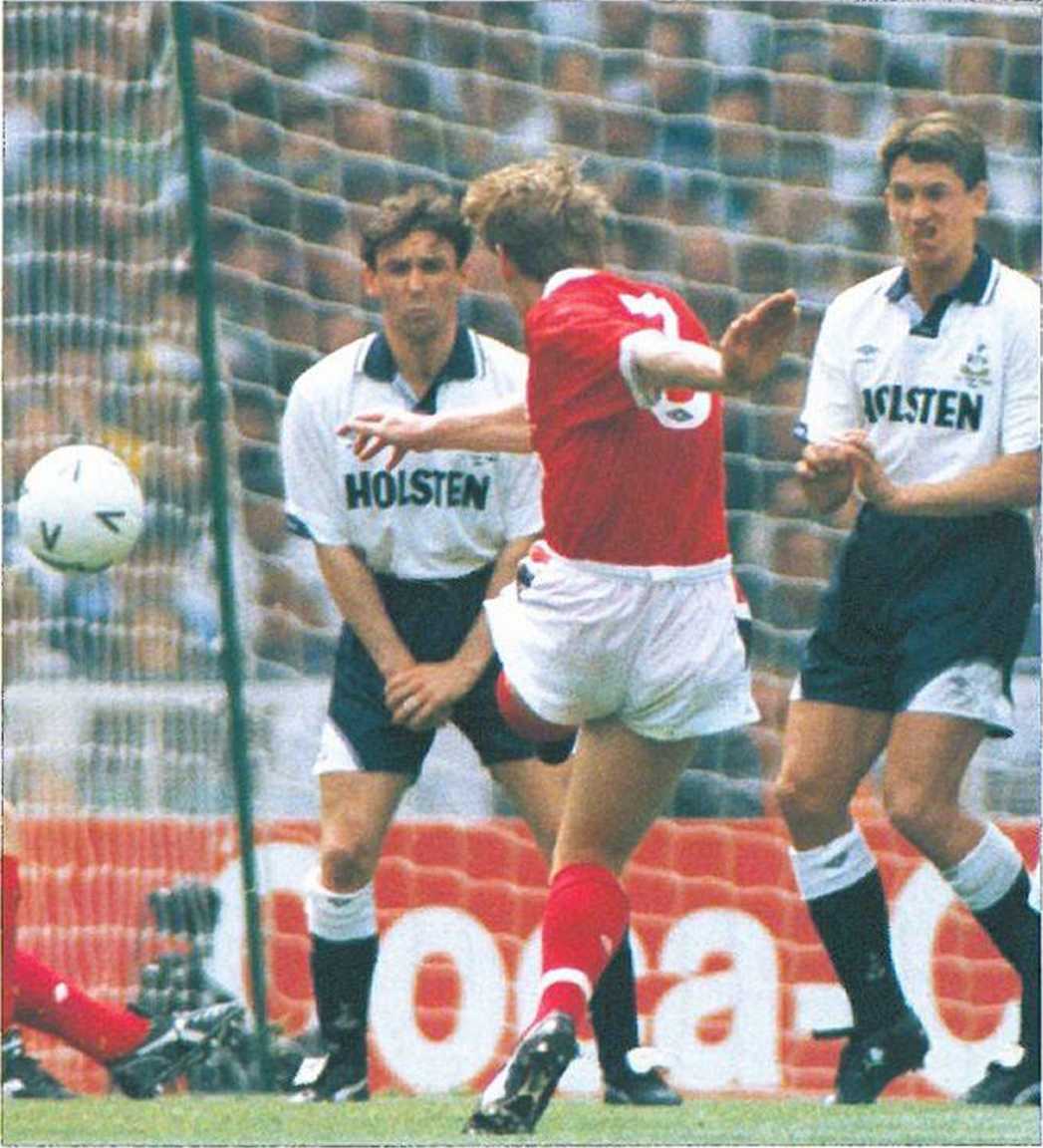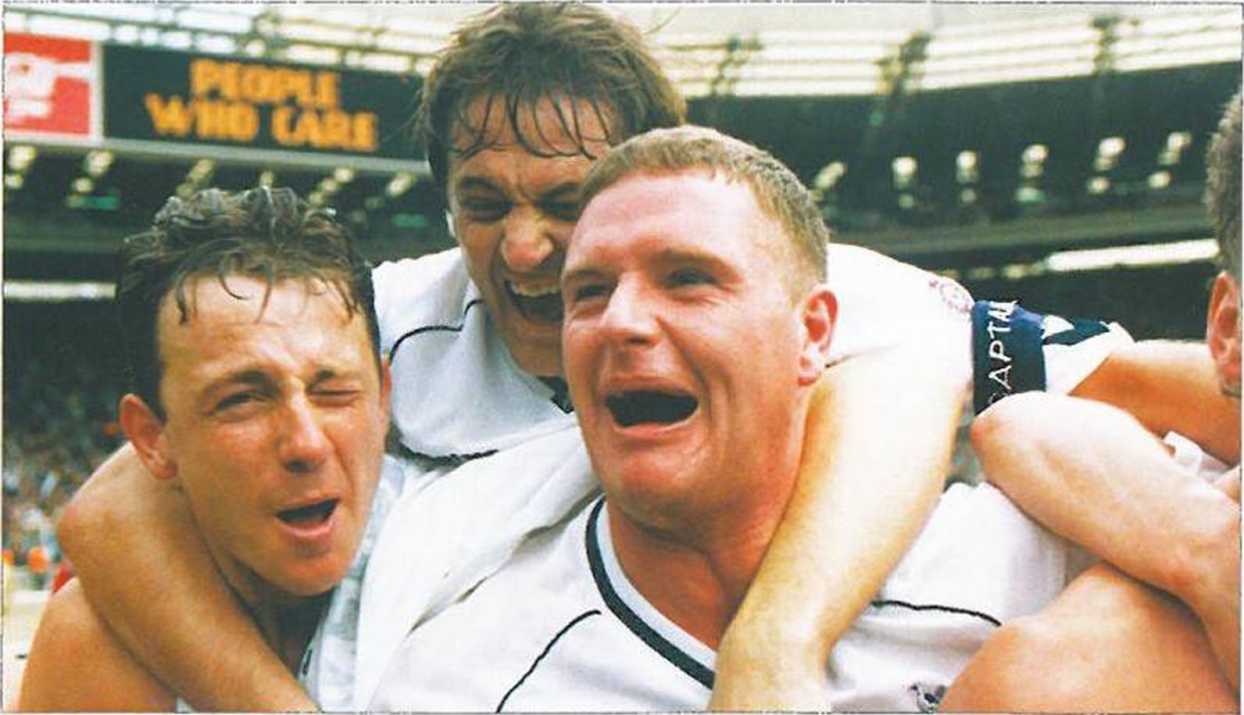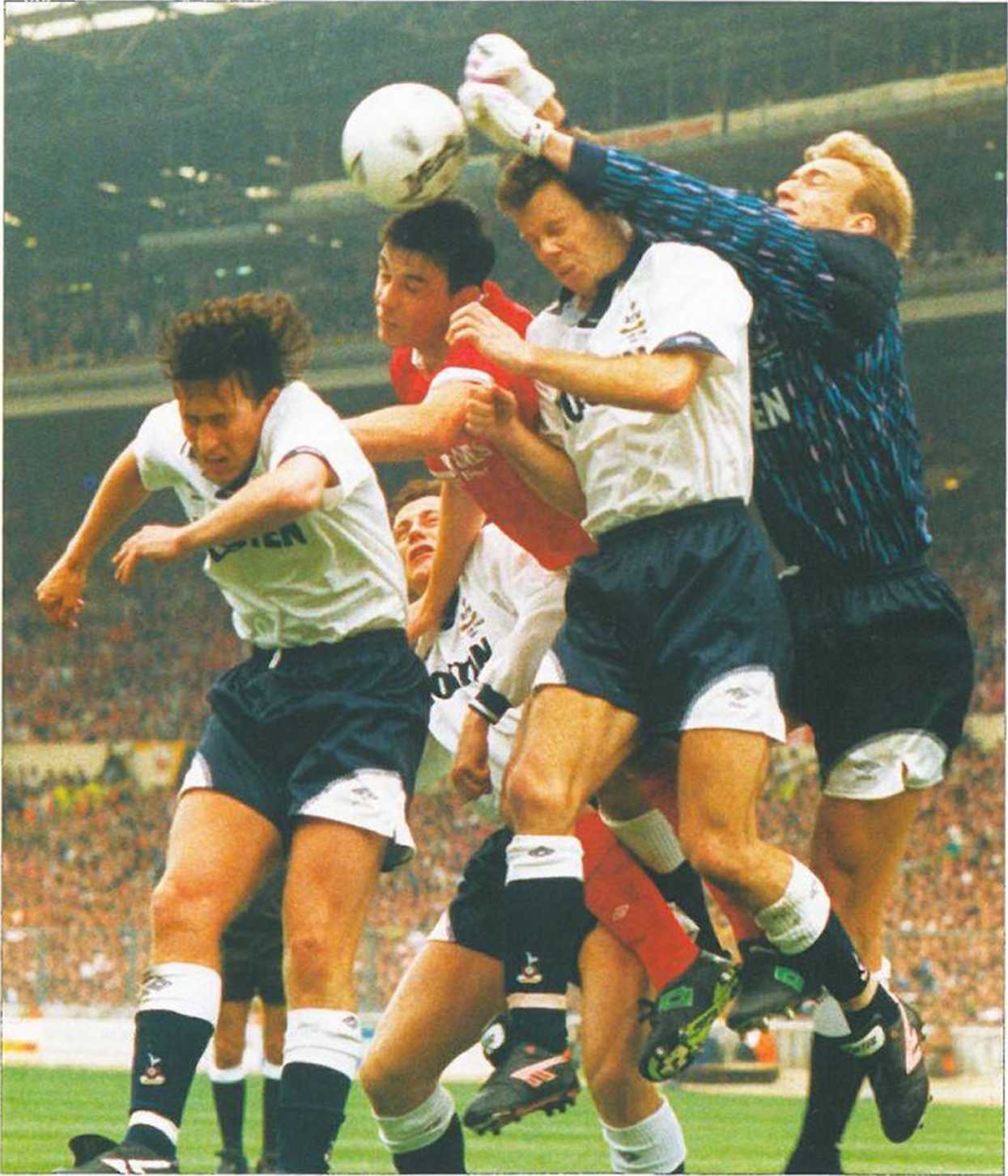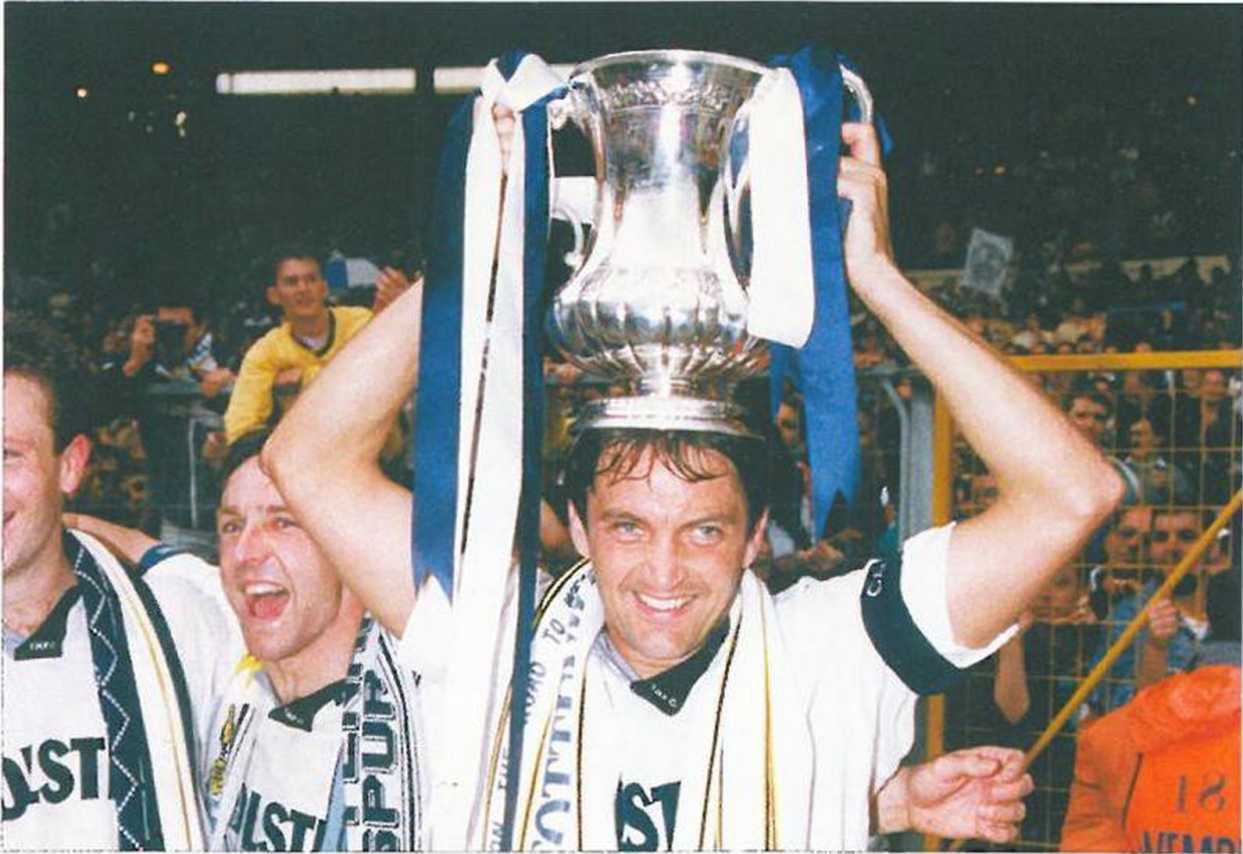First and Second Division clubs were required to have all-seater stadia by the start of the 1994-95 season, with lower league clubs following suit by the end of the decade. The cost of improved facilities would be high - running into hundreds of millions - but the cost of doing nothing would he infinitely higher.
The Taylor Report also addressed the hooligan problem and the part played by alcohol in the appalling scenes that had blighted the game. A compulsory ID scheme was considered but rejected. Policing and ticket arrangements needed reviewing. While perimeter fencing which represented a threat to safety ought to be removed, harsh penalties were recommended for unwarranted pitch invasions.
The changing face of football
The construction of fabulous new grounds such as the Reebok, the Stadium of Light and Pride Park took football into a new era. New facilities such as these would show Wembley in a poor light. By the end of the decade plans would be under way for a new flagship stadium in the capital.
If the face of football was changed with the redevelopment and upgrading of grounds, a shift of equally seismic proportions occurred with the
Establishment of a Premier League. This coincided with the arrival of satellite broadcasters, who saw football as the main driver for their fledgling business. The game became polarised as never before. At the top level inflation in transfer fees, wages and ticket prices was rampant; meanwhile, the demise of Aldershot, the first league club to go out of business for thirty years, showed that the vast sums of money in the game were not filtering down to the basement.
Merchandise and brand
There was a price to be paid for improved facilities and multi-million-pound TV rights deals, and in the end it was the fans who had to put their hands in their pockets. There were fears that die-hard fans would be priced out of the game and that the sport was undergoing a gentrification process, a return to the kind of constituency it had had in the nineteenth century. Perhaps more worryingly, the clubs did not seem to mind. Middle-class supporters with large disposable incomes were highly desirable to clubs which had a product to sell. Nor was the product simply football. Replica strips and all manner of domestic goods bearing the cluh brand went on sale. Fans could even get financial services from their clubs as football exploited every possible income stream.
A glorious era coming to an end
On the pitch the decade began with yet another league triumph for the team of the 80s. Liverpool rounded off their season witli a 6-1 win at Coventry, though the club’s eighteenth championsliip had already been secured by then.
The team that had suffered most heavily at hands of the Red machine was Crystal Palace, who were on the receiving end of a 9-0 mauling in the early part of the season. There must have been trepidation among Palace fans as the team faced Dverpool again in the FA Cup semifinal at Villa Park. It was a remarkable game and a turning point for Liverpool. Andy Gray equalised to make it 3-3 in the 90th minute, and Alan Pardew headed Palace into the Final in extra time. A glorious era was coming to an end. Over the next few seasons Liverpool would show flashes of their brilliant best, but these would be punctuated by many inept performances. The strong defence of days gone by would become quite porous and Liverpool would be relegated to the role of just another member of the chasing pack.








 World History
World History









